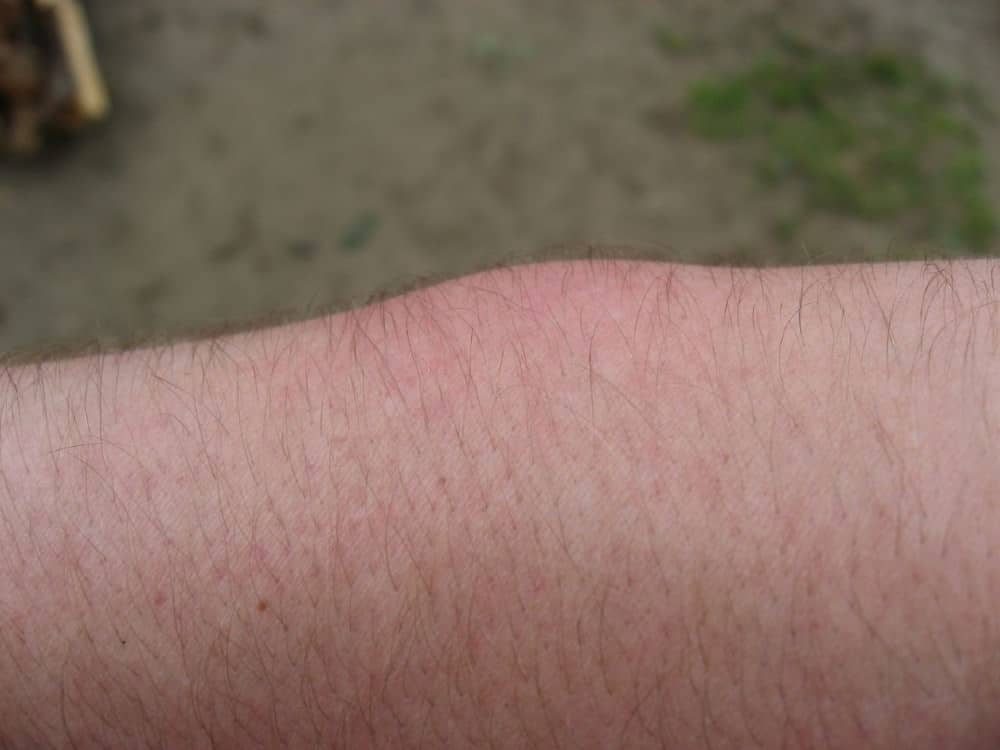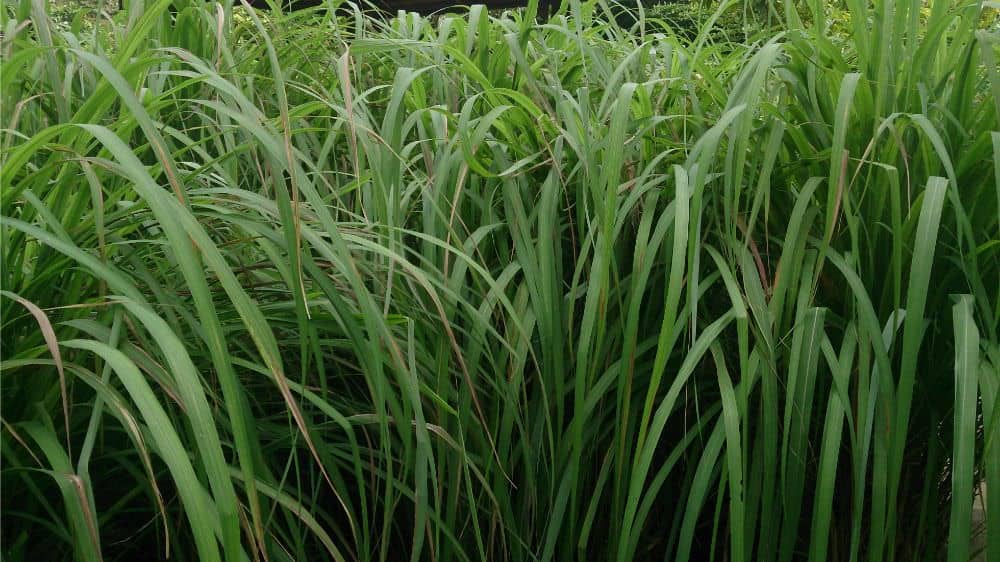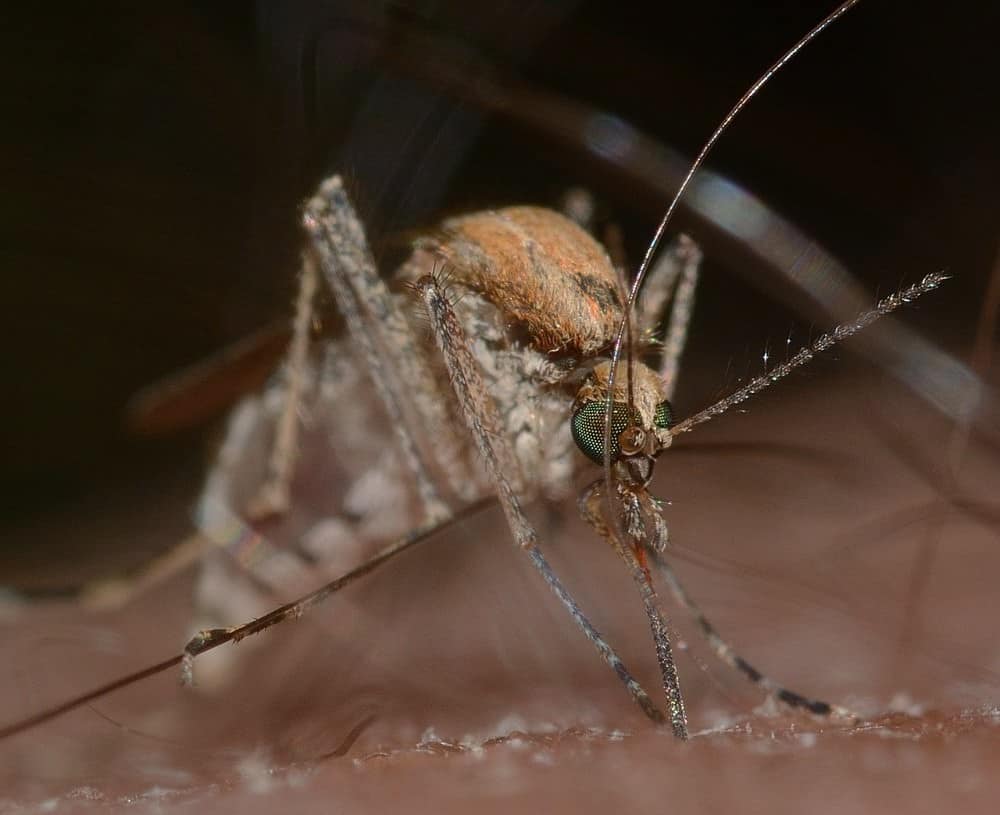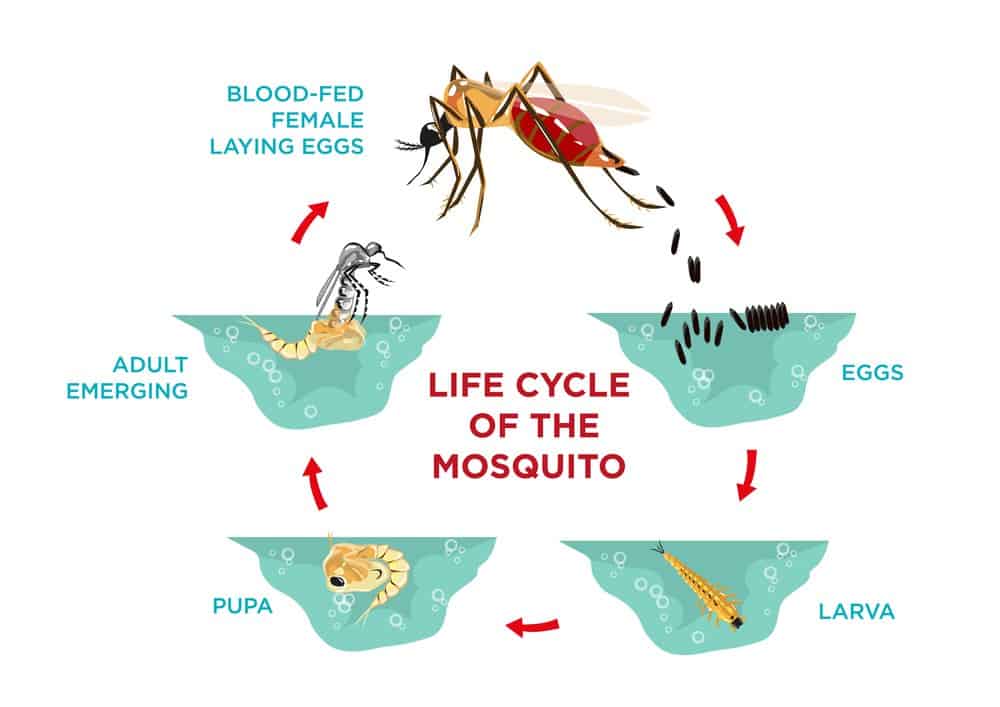Mosquito Bites On Babies & Toddlers
It’s not always easy to know when young kids have been bitten by mosquitoes. So, as parents, we must be aware of the signs to look out for.
Children are, unfortunately, easy targets for mosquitoes since they often remain oblivious when being bitten. When the weather is warm, toddlers often play outside, and so are easy prey for mosquitoes.
Below, I’ll explain the signs of mosquito bites on toddlers, so you can spot them before they become a problem. I’ll also share how to treat the bites, and ways to prevent them the first place.
How to Tell If a Toddler or Baby Has Been Bitten by a Mosquito
Mosquitoes can cause many unfortunate complications. Young children, in particular, are susceptible to the infections that can result from mosquito bites. To help protect our babies and toddlers, we first need to know if they have been bitten.
Questioning a small child or toddler about whether or not a mosquito fed on their blood is no easy task. They can’t tell us, since they can’t speak or express themselves clearly yet. But even if they could, they might not really understand the idea of mosquitoes and bites.
Although your toddler may not notice the feeding mosquito sitting on their chubby thigh, like they would a bee, for example, they will become aware after the fact. When the mosquito’s saliva begins to take hold, discomfort and itchiness will occur.
Around this time, your child will likely exhibit some mood changes. They may seem irritable or as though something is bugging them. They may exhibit signs of pain as the irritation kicks in, and express frustration when it continues.
This is even true for a baby. He or she will likely exhibit signs of uneasiness without apparent reason, and may be difficult to comfort. Very young infants can’t scratch yet, but might wave their arms around or pull at their face.
Symptoms to Look Out For
As an adult, you have probably already experienced your fair share of mosquito bites. You are, undoubtedly, well aware of its symptoms and possible complications.
A mosquito bite on a toddler or baby will have similar effects as it would have on an adult. To spot whether or not a mosquito has bitten your child, look for familiar bug bite symptoms.
First things first, what you need to do is inspect the exposed skin. Look out for that signature bump or even possible redness. Especially on babies, the bite itself tends to turn very red, as opposed to us adults where it often appears white. Mosquito bite appearances can also be similar to bee sting symptoms as well as other bites and stings, so just keep this in mind.
Mosquito bites on children can look like small red patches on the skin. These may appear swollen, although sometimes the bumps won’t develop into any significant size.
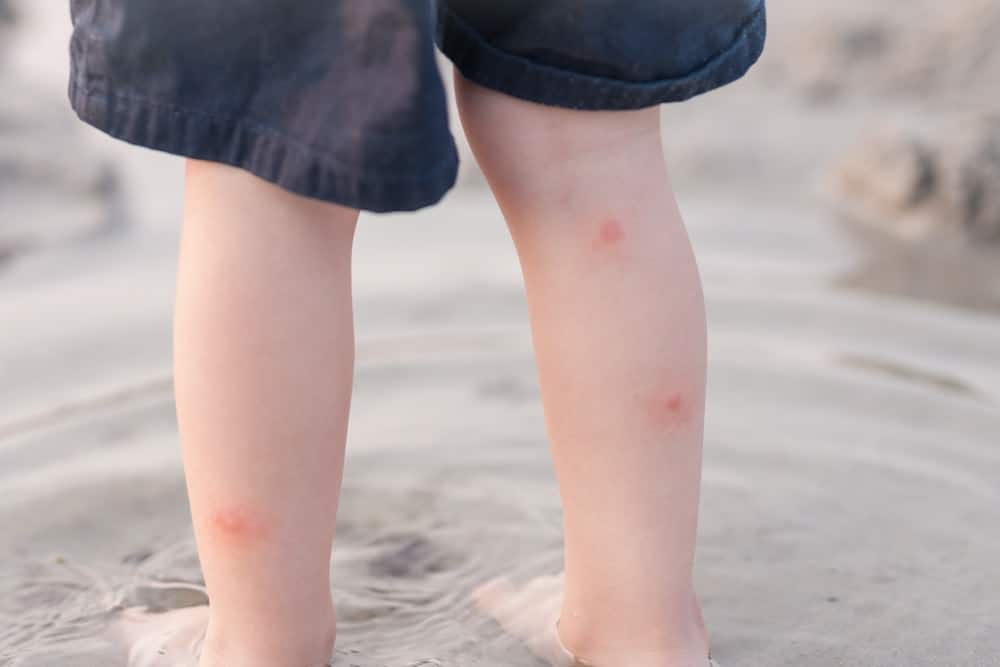
On the other hand, if your toddler was under a vicious attack during the night, the bites can resemble hives. As the bites begin to fade, they may look like small pustules.
Look for bites in areas on or around the face. A mosquito bite near the eyes can cause swelling, which might compromise vision until it subsides. Swelling can also occur in other places, generally with a red bump in the middle.
Some children can also develop a mild fever. This often indicates a more severe reaction to the mosquito venom. This is usually not problematic, unless other symptoms occur, such as a swollen throat causing wheezing, or sensitivity to light.
Seek medical attention if your child expresses clear signs of pain that does not go away. Other serious symptoms include excessive swelling around the neck area or lips. These often indicate an allergic reaction that, in the case of a baby or toddler, should be treated immediately.
How to Treat Mosquito Bites on Babies and Toddlers
Have you already determined that your child has been bitten by a mosquito? The first thing you want to do is clean the area and try to prevent swelling.
Dip a clean cloth in cold water, and proceed to apply it to the site. Don’t use ice, even wrapped in a towel. Babies’ skin is very sensitive, so it will likely be too cold for your young child.
Refresh the wet cloth now and then, to keep it at a cool temperature. This will soothe the area and help to reduce swelling. As I mentioned above, swelling can cause unfavorable effects, especially around the face where your child is most exposed.
The next thing to do is prevent itchiness. The cool cloth will likely reduce the itch, but if it seems bothersome, apply a calming lotion such as calamine. This lotion will provide a cooling effect to the area of the bite.
Depending on the age of the child and the severity of the reaction, you may also be able to use a hydrocortisone cream. Be sure to consult your pediatrician prior to applying anything stronger than calamine lotion.
Avoid using essential oils unless you have used them on your child before. These are usually very concentrated and, if used incorrectly, can lead to further irritation or even allergic reactions.
After applying a soothing cream, let your toddler know why they shouldn’t scratch. Of course, this may not prevent them from touching it at first. If you repeat yourself, hopefully, they’ll eventually understand that scratching the area is a no-no.
How to Prevent Toddlers and Babies from Being Bitten
Prevention is essential to keep your child safe from the various effects a mosquito bite can have. One sure way is to apply a repellent.
Repellents contain certain chemicals that keep flying pests away, but not all are insect repellents are safe for children. Fortunately, the Environmental Protection Agency (EPA) has a list of approved ingredients which are safe to use. These include Picaridin and DEET, among others. Always follow safety instructions, particularly on young children.
The Centers for Disease Control and Prevention (CDC) advises against applying repellent to babies under two months of age. Instead, you should dress them in clothing to cover as much skin as possible, and use a mosquito net.
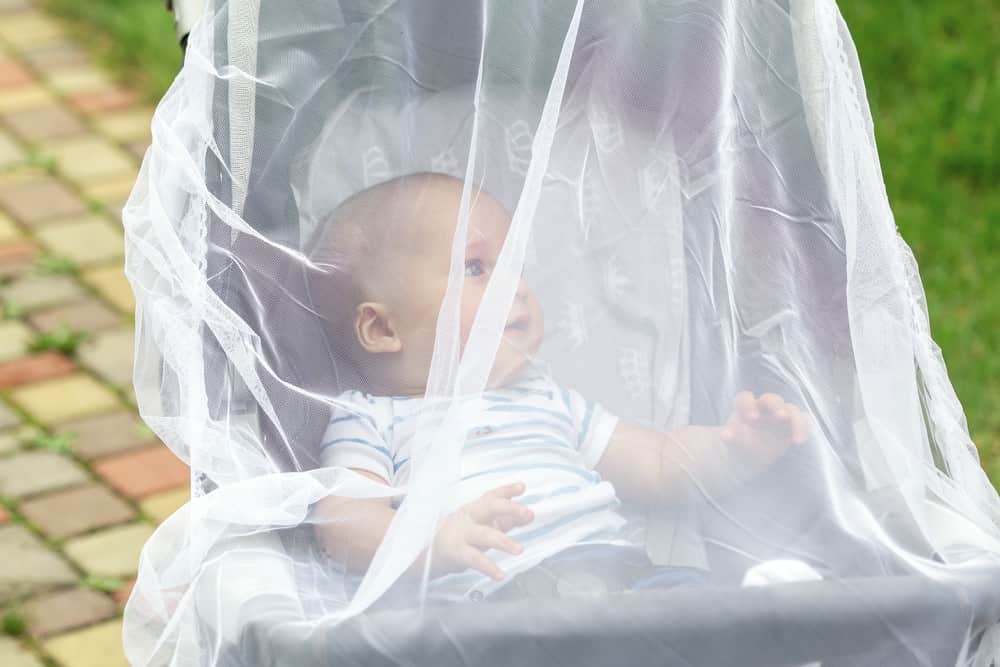
For children under three years, certain ingredients should be avoided. These include oil of lemon eucalyptus (OLE) and para-menthane-diol (PMD).
When you apply repellent, avoid the eyes, hands, and mouth. In case your child has a small cut or raw skin, keep away from those areas as well. Chemicals should never enter the eyes or mouth, and it can be harsh on sensitive skin.
You don’t want to avoid the face entirely. The cheeks and forehead are some of the most exposed areas on a child. There’s not really any way cover these areas unless the child wears a ski mask.
To apply repellent to the face, spray your own palms and gently wipe your baby’s cheeks and forehead.
If your child tends to be bitten during the night, another suggestion is to place an indoor mosquito trap in the room. About an hour or two before bedtime close all the windows and doors and let the trap do its work.
Indoor traps work without chemicals, so you can also leave them all night. They are more effective when there are no people around, however. That’s why we recommend using them prior to bedtime to trap as many mosquitoes as possible.
Summary
Babies and toddlers are prone to mosquito bites. They are often oblivious to these blood-hunting insects, and generally don’t feel anything until the symptoms kick in. As a parent, it can be upsetting to see your precious child affected by red bumps, itchiness and irritability.
It’s never easy when your baby is in distress. Fortunately, most mosquito bites, even on toddlers and babies, disappear within a few days without causing lasting damage. In the meantime, alleviate the itchiness with a cold damp washcloth, followed by application of a topical cream or lotion.


